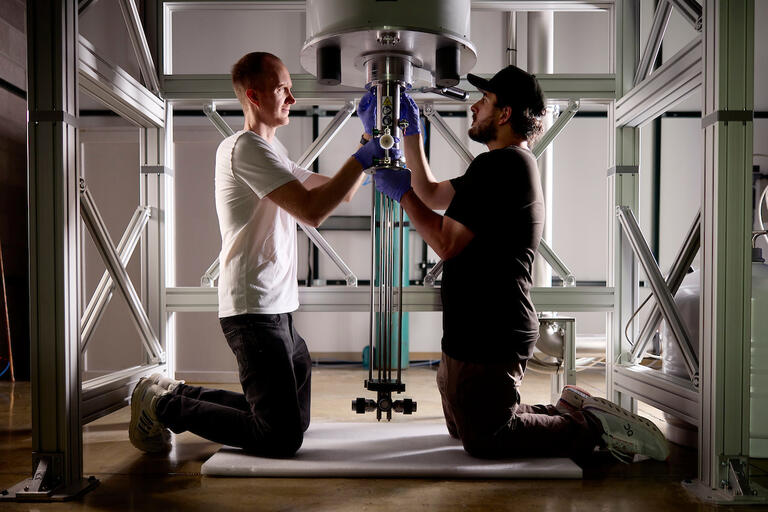News: Department of Physics and Astronomy

The rosiest headlines and highlights featuring the students and faculty of UNLV.

Headlines and highlights featuring the students and faculty of UNLV.
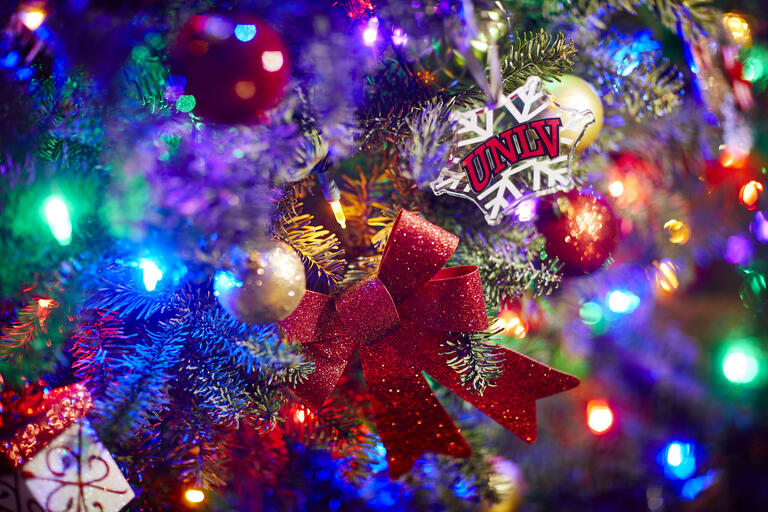
This month’s frosty headlines and highlights from the students and faculty of UNLV.

A monthly roundup of the top news stories at UNLV, featuring the presidential election, gaming partnerships, and much more.
A monthly roundup of the top news stories featuring UNLV staff and students.
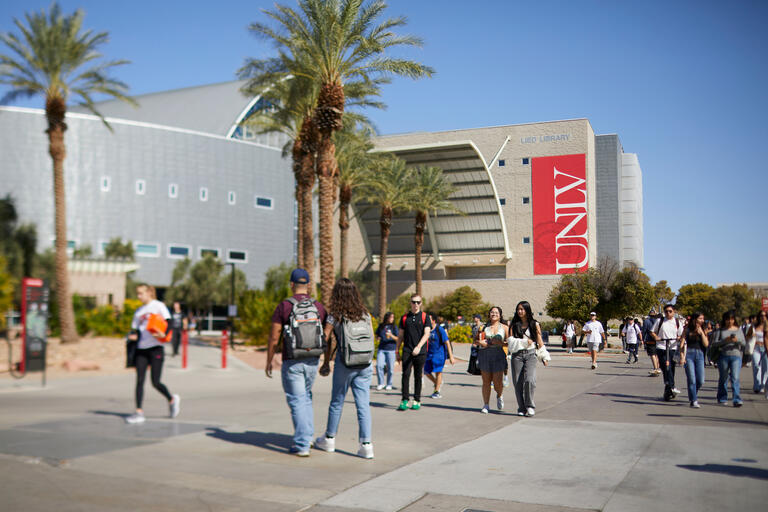
A collection of news highlights featuring students and faculty.
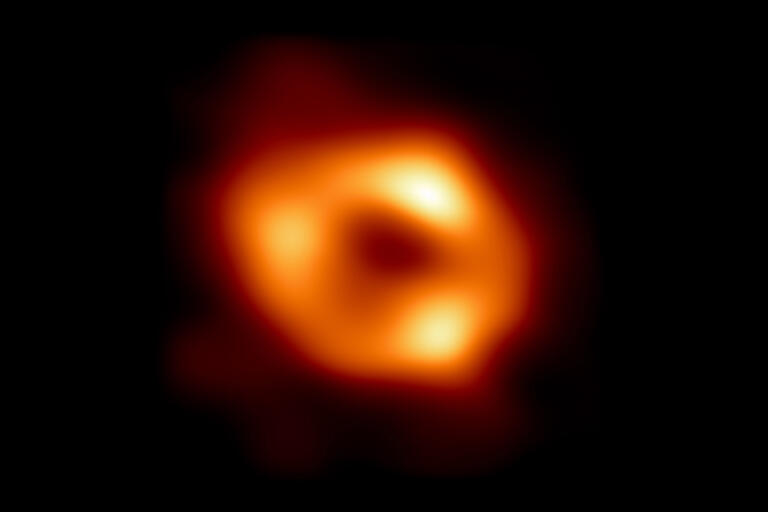
UNLV astrophysicists analyze data from Event Horizon Telescope’s groundbreaking imaging of Sagittarius A* and suggest it formed by merger of two black holes roughly 9 billion years ago.
The College of Sciences installs a dilution refrigerator, a machine used to study quantum particles and devices near absolute zero.

New study by international team of scientists in the journal Nature has discovered the origin of the persistent emission of radiation observed in some deep-space fast radio bursts.

Roundup of the hottest news headlines featuring UNLV students and staff.

News highlights featuring UNLV students and staff who made (refreshing) waves in the headlines.
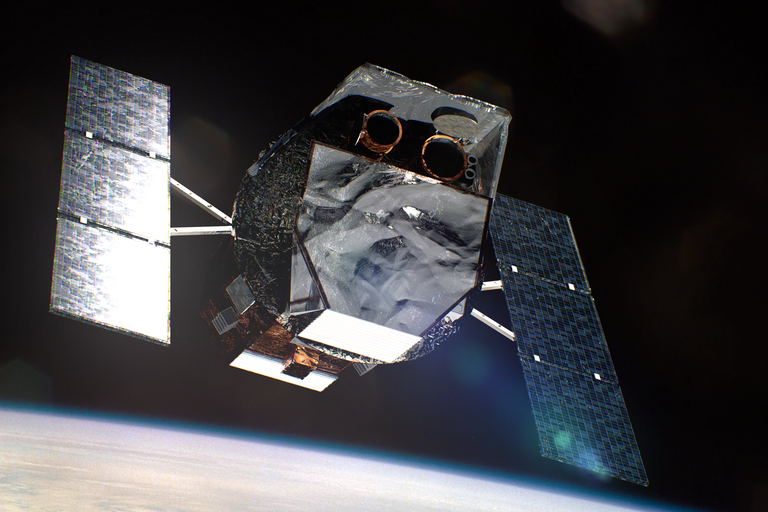
Two studies pair observational data with machine learning models to increase precision in distance estimates for GRBs.

